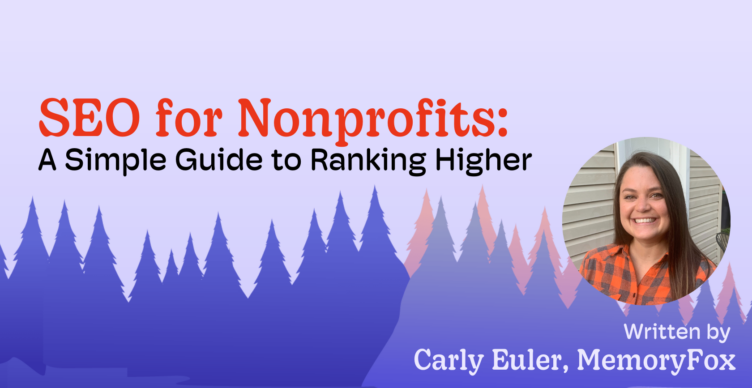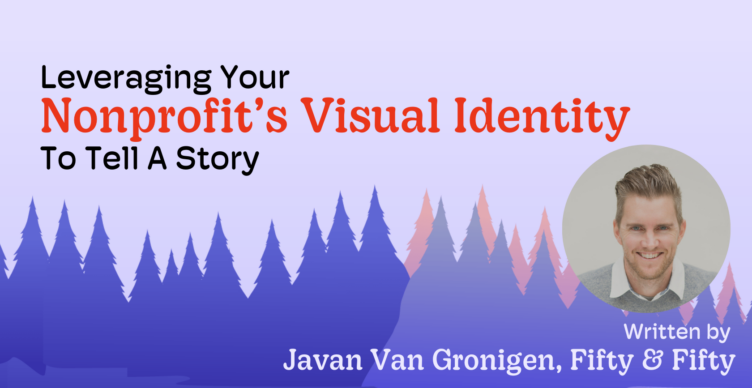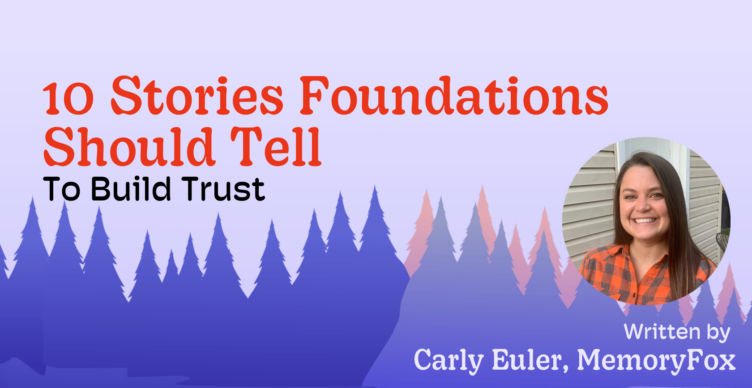Storytelling Strategy
4 Ways To Give Your Impact a Storytelling Boost
This impact storytelling article was originally published on June 21, 2023 by MemoryFox Partner SureImpact.
Nonprofits are doing incredible boots-on-the-ground work every single day. Raising awareness. Providing education. Planting trees. Supplying food. Combating homelessness. Performing life changing research.
You name the issue, and there is an incredible organization working hard to overcome it.
Or two organizations.
Or twenty-five organizations.
Or, sometimes, one hundred or more.
So how do you set your organization apart?
Impact numbers are an incredible way to demonstrate the positive changes your organization has provided. SureImpact’s impact management solution makes collecting and analyzing this data remarkably simple. But, to the outside world, impact numbers can be challenging to conceptualize. That’s why we recommend contextualizing your impact numbers with a powerful story.
By sharing compelling stories that highlight the real-life experiences and transformations resulting from their work, nonprofits can effectively demonstrate the impact they have on their communities. Let’s dig into 4 ways to demonstrate impact through nonprofit storytelling:
- Make the Abstract Concrete: Many community issues are complex and intangible, making it difficult for the general public to fully grasp the magnitude of the problem and evaluate the subsequent impact. By using storytelling, nonprofits can translate abstract concepts into relatable narratives that capture the attention and empathy of their audience. Personal stories humanize the impact, enabling individuals to better understand the challenges faced by the community and the role the nonprofit plays in creating positive change.
- Highlight Individual Transformations: Stories have the power to showcase the individual transformations resulting from a nonprofit’s work. By sharing narratives that depict the journey of individuals who have directly benefited from the organization’s programs or services, nonprofits can demonstrate the tangible impact they have on people’s lives. These stories can focus on personal growth, improved well-being, educational & career achievements, or any other positive outcomes relevant to the nonprofit’s mission. By presenting these narratives, nonprofits can emphasize the scale and depth of their community impact.
If you’re interested in sharing transformational stories, but you are not quite sure where to start, check out 6 steps to crafting a powerful story.
- Showcase Diversity: Featuring stories from individuals of various backgrounds, age groups, and demographics showcase the organization’s ability to reach and positively affect a diverse community. These stories will not only demonstrate the size of the impact but also emphasize the nonprofit’s commitment to inclusivity and equality.
When you use a story collection tool, like MemoryFox, you put the power of storytelling directly in the hands of your community, which gives a voice to those who historically have not always been heard. At its core, storytelling is a tool that connects people across cultures, generations, socio-economic backgrounds, and beyond. No amount of impact numbers can convey the same feeling as giving a voice to those who were previously unheard.
- Engage Beneficiaries as Storytellers: Empower your program participants to become the hero of their own story by providing them with a platform, like MemoryFox, to share their experiences. This firsthand perspective adds authenticity and credibility to the impact claims.
But not all people are natural-born storytellers. Therefore, we recommend asking great questions or provide thought-provoking prompts that will lead the storyteller to share memorable, compelling, shareable content. To get started, check out 20 Storytelling Interview Questions to Capture Great Stories.
As a bonus, amplifying the voices of those who have experienced positive changes, can create a ripple effect that inspires others to seek assistance when they are in need.
Overall, storytelling serves as a powerful visual tool for nonprofits to demonstrate the size and significance of your impact on the community. By implementing these 4 ways to contextualize impact through storytelling, nonprofits can effectively communicate the extent of your influence.
To learn more about using technology to measure and share your social impact, check out the “Ultimate Guide to Impact Measurement.”

About the Author
Carly Euler
Marketing Manager, MemoryFox
Carly comes from the nonprofit world ready to elevate the hundreds of nonprofits in the MemoryFox community. She currently serves as the Co-Chair of the Wily Network’s Young Professionals Association, and has previously held positions at the Breast Cancer Coalition of Rochester, the Code of Support Foundation, Kenya Lacrosse Association, and the BOMA Project, where she has specialized in marketing, communications, and fundraising. Storytelling has been an integral part of each role.




